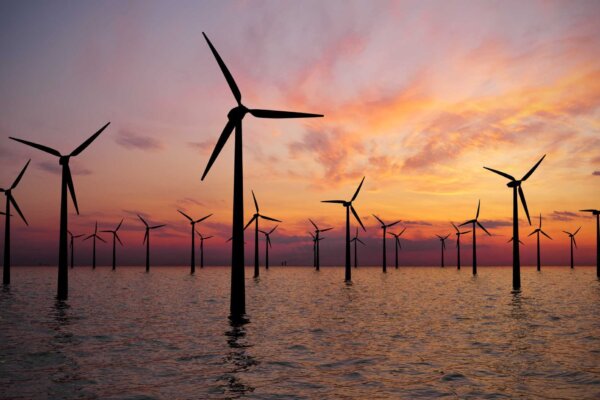UK leads corporate EV deployment globally
A new report has revealed that the UK has the highest total deployment of corporate EVs globally – with 23,136 cars across the nation, including 7,459 new adoptions in the last 12 months11. These numbers are encouraging, showing a willingness among British businesses to take action towards net zero by electrifying their fleets.
You can learn more about EV adoption by reading The Climate Group’s ‘Charging the EV Transition’ report, here.
Transition Plan Taskforce launches sector-specific guidance for businesses
The UK Government’s Transition Plan Taskforce (TPT) has unveiled new sector-specific guidance to support businesses in developing robust transition plans for their operations and existing assets, to support achieving net zero by 205012. The new guidance follows the launch of the TPT’s ‘gold standard’ climate disclosure framework for businesses last year, and is tailored to support specific sectors – including banking, asset management, power generation and electric utilities – to build comprehensive transition plans that align with wider reporting regulations.
You can find the TPT’s latest transition plan resources by clicking here.
‘Clean’ energy propelled global economy in 2023
New research has revealed that ‘clean’ energy initiatives contributed $320 billion to the global economy in 2023 alone – equating to 10% of the overall global GDP growth13. The report, published by the International Energy Agency (IEA), focused on the manufacturing and deployment of ‘clean’ energy technologies, such as solar panels and battery storage systems, as well as sales of technologies like electric vehicles (EVs) and heat pumps. These numbers demonstrate not only increasing demand for a move to a more sustainable electricity system, but also how renewables can have a positive impact on the global economy – aligning with the IEA’s previous declaration that the energy transition is “unstoppable”.
You can learn more by reading the IEA’s report, here.
Weather-related insurance claims exceeded £1 billion in UK
Last year, weather-related insurance claims from UK homes and businesses together exceeded £1 billion for the first time, emphasising a clear need for urgent and robust climate action14. This rise in insurance claims was driven by various storms in Autumn 2023, including Babet, Ciaran and Debi – which are becoming more frequent as a result of climate change – and echoes a previous report from the IMF that suggested that the economic benefits of the net zero transition would outweigh the costs of doing nothing.
You can learn more about weather-related insurance claims from Climate Action’s website, here.


